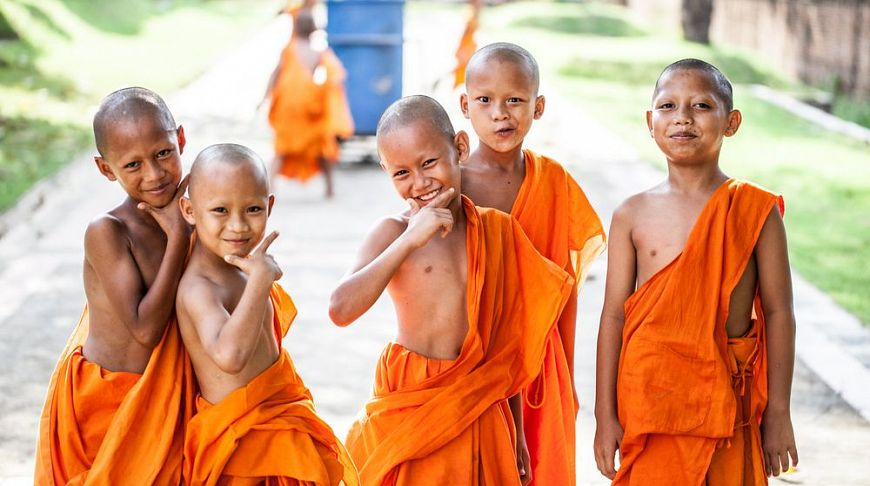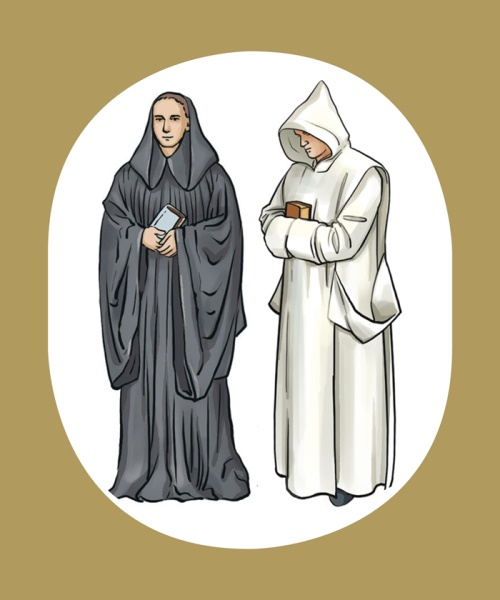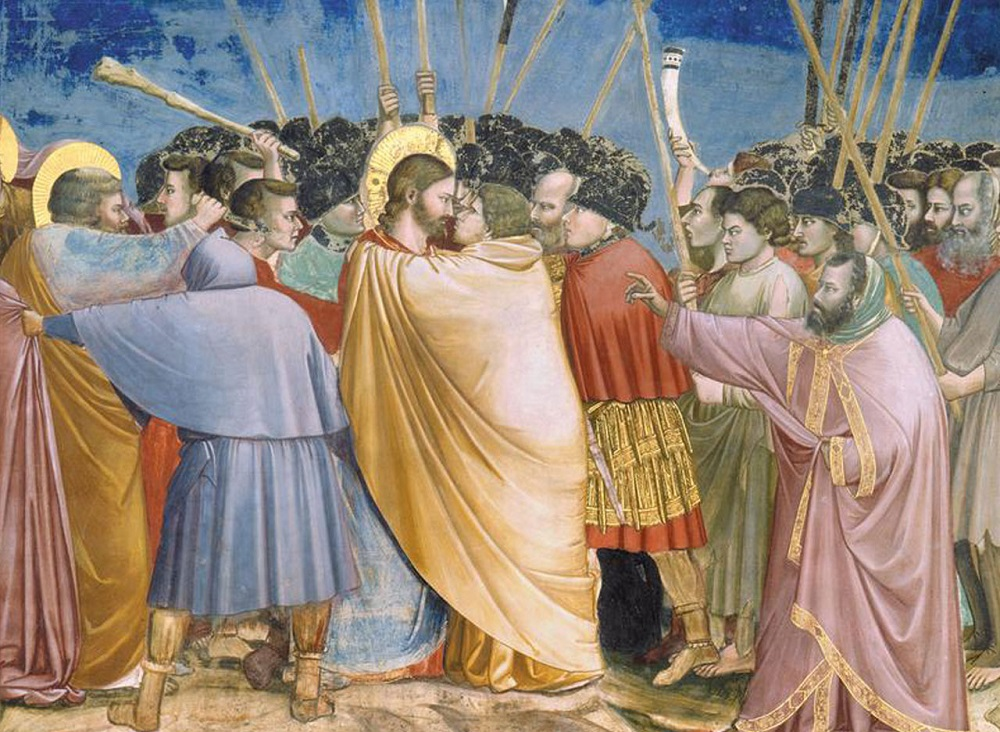Color meaning in religion
Color has symbolic meaning in many in many cultures and religions. Let us consider the meaning of the colors in such religions as: Christianity, Islam, Hinduism and Buddhism.
Christianity. In Christianity, a rather limited color palette is used — mostly black and white. The main color of Christianity is considered to be just white. White is a symbol of purity, and therefore of God. By the way, in ancient times, ministers of the church did not wear black attire, this color was used only for everyday life. During the divine services both Catholic and Orthodox priests were always dressed in white.
Black represents the negative side of life. Used as a symbol of mourning, priests dressed in black robes participate in funerals and funeral processions.
At the beginning of the heyday of Christianity, another color was widely used — yellow. This color symbolized the sun and God as the king of heaven. But since the twelfth century, they began to consider yellow as the color of Judas, that is, the color of lies and betrayal. The reason for such judgments was the yellow vestment of Judas Iscariot.
Red — the color of blood, is considered a symbol of cruelty and sin. This color is also a mandatory feature in the clothing of priests in the days of the commemoration of the sufferings of Jesus.
Islam. The first primary color in Islam is white, a symbol of Holiness and dignity. Unlike Christianity, white color is used in funeral ceremonies, but it is not a color of the tragedy. For years of existence of this religion, the white color acquired the collective meaning of all good, the best qualities.
Yellow is the second primary color. It is the symbol of the brilliant sun, gold, joy.
The third primary color is red. In contrast to the biblical symbolism, red in Islam it is a positive symbol. Yeah, it also represents the blood, but in this case as a symbol of beauty and sincere emotions.
Green is the color of the Muslim Paradise. Green in Islam has a very positive meaning. The sacred banner of Mohammed and the entire Muslim world colored in green. This case reflected in the modern flag and heraldic symbols of the Eastern countries.
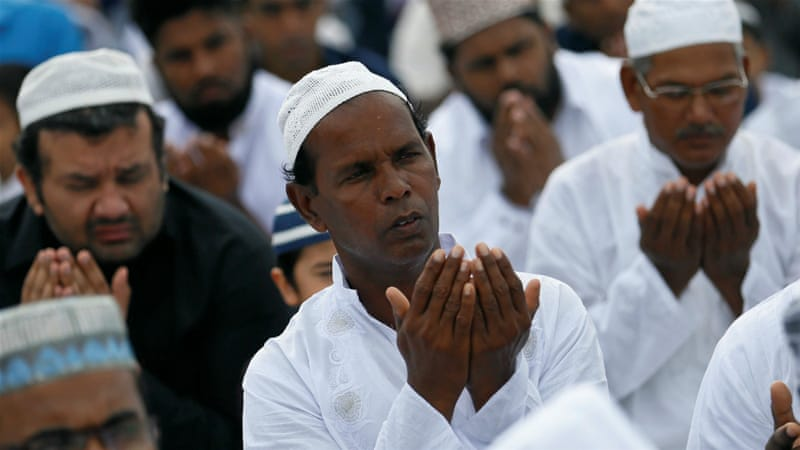
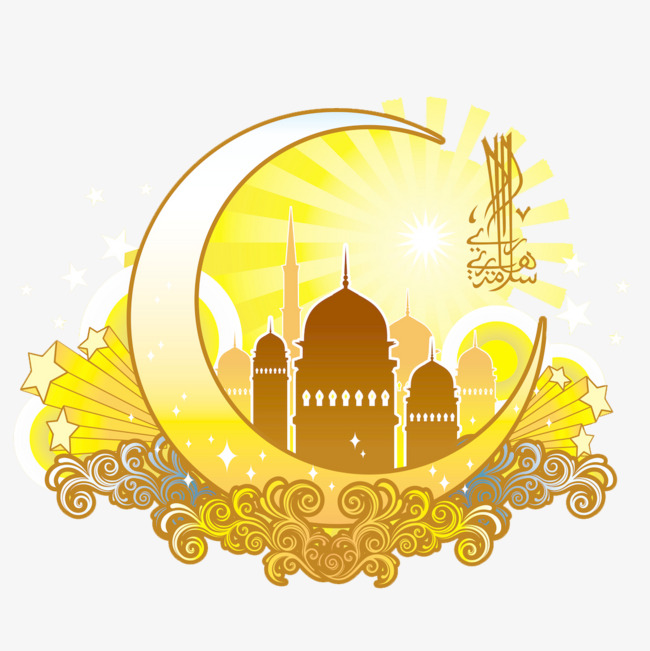

Buddhism and Hinduism. The orange color in Buddhism and Hinduism is the color of humility, detachment from material goods and of human vices. In clothes of this color, saints ascetics traditionally weared, and so did Buddha. Today orange is the official color of these two religions, but there are a few dominant colors:
Golden — sun light, which symbolizes life, truth, immortality, wealth, power, faith, Nirvana. In numerous sculptural and painted images of the Buddha appears certainly Golden.
White (the color of the Mother) represents Holiness, purity, purity, mastery of oneself, the salvation.
Red/brown (the color of the father) represents materiality, joy, activity, creativity, life.
Blue is eternity and loyalty.
Yellow is the color of spirituality. The Buddha, as a rule, dressed in yellow garments.
In the tradition of Mahayana (one of the two main directions of Buddhism) – there is a whole system color sequence, which lead to enlightenment (to the Buddha). Black, blue, red, yellow, white, gold. This sequence denotes a path to the state of perfection — Nirvana, the color symbol of which is golden.
